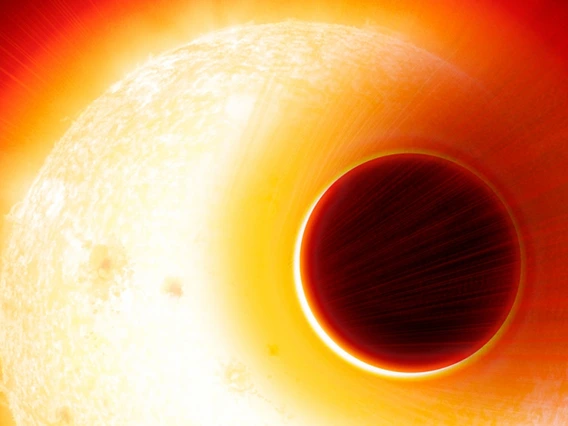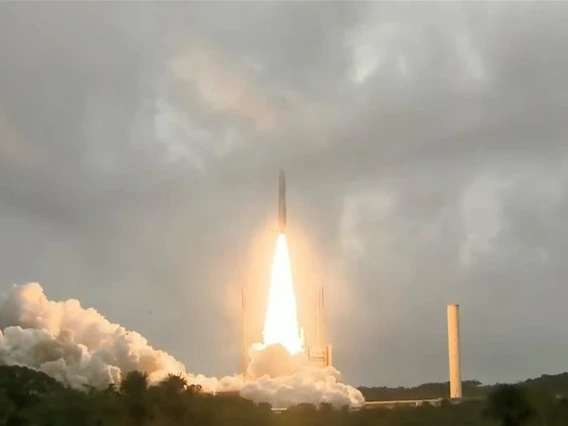LPL Newsletter for January 2022
Saturday, January 1, 2022
Happy New Year!
We're ringing in 2022 with a discovery about exoplanet magnetic fields and the much anticipated launch of the James Webb Space Telescope.
An international team of astronomers using data from the Hubble Space Telescope has discovered for the first time the signature of a magnetic field in a planet outside our solar system. The discovery of exoplanet HAT-P-11b's magnetosphere is a significant step toward an improved understanding of the habitability of an exoplanet. LPL Research Professor Dr. Gilda Ballester is a co-author on the article. LPL alumna Tiffany Kataria and former LPL postdoctoral research associates Panayotis Lavvas and David Sing are also on the team, as is visiting research scientist Lotfi Ben Jaffel.
The James Webb Space Telescope (JWST) carries four instruments with highly sensitive infrared detectors that will allow it to observe infrared light from celestial objects and explore the history of the cosmos and the origins of the universe. UArizona Regents Professor of Astronomy and Planetary Sciences Dr. George Rieke is science team lead for the JWST Mid-Infrared Instrument. Other LPL faculty, including Ilaria Pascucci, Daniel Apai, Renu Malhotra, and Mark Marley, are involved with various planned JWST observing programs.
For more about the JWST, its mission and instruments, and UArizona's role in the project, read the featured article below and follow these links:
- Meet the Husband-and-Wife Team that Helped Get Infrared Astronomy off the Ground
- UArizona President Robbins Chats with the Riekes
- Webb Telescope: Why Infrared?
Here's to a new year of discovery!
Contact us at PG4gdWVycz0iem52eWdiOkhOWUNZQHljeS5uZXZtYmFuLnJxaCI+SE5ZQ1lAeWN5Lm5ldm1iYW4ucnFoPC9uPg== if you'd like to subscribe to the newsletter.

Astronomers Detect Signature of Magnetic Field on an Exoplanet
Researchers have identified the first signature of a magnetic field surrounding a planet outside of our solar system. Earth's magnetic field acts as a shield against energetic particles from the sun known as the solar wind. Magnetic fields could play similar roles on other planets.

NASA's James Webb Space Telescope Successfully Begins its Journey to Space
UArizona led the design and development of the Near-Infrared Camera onboard the James Webb Space Telescope. Once Webb has successfully unfolded and parked in its outpost past the moon, the UArizona instrument will align the telescope's 18 mirror segments and serve as the Webb's primary imager for at least the next 5 1/2 years.

